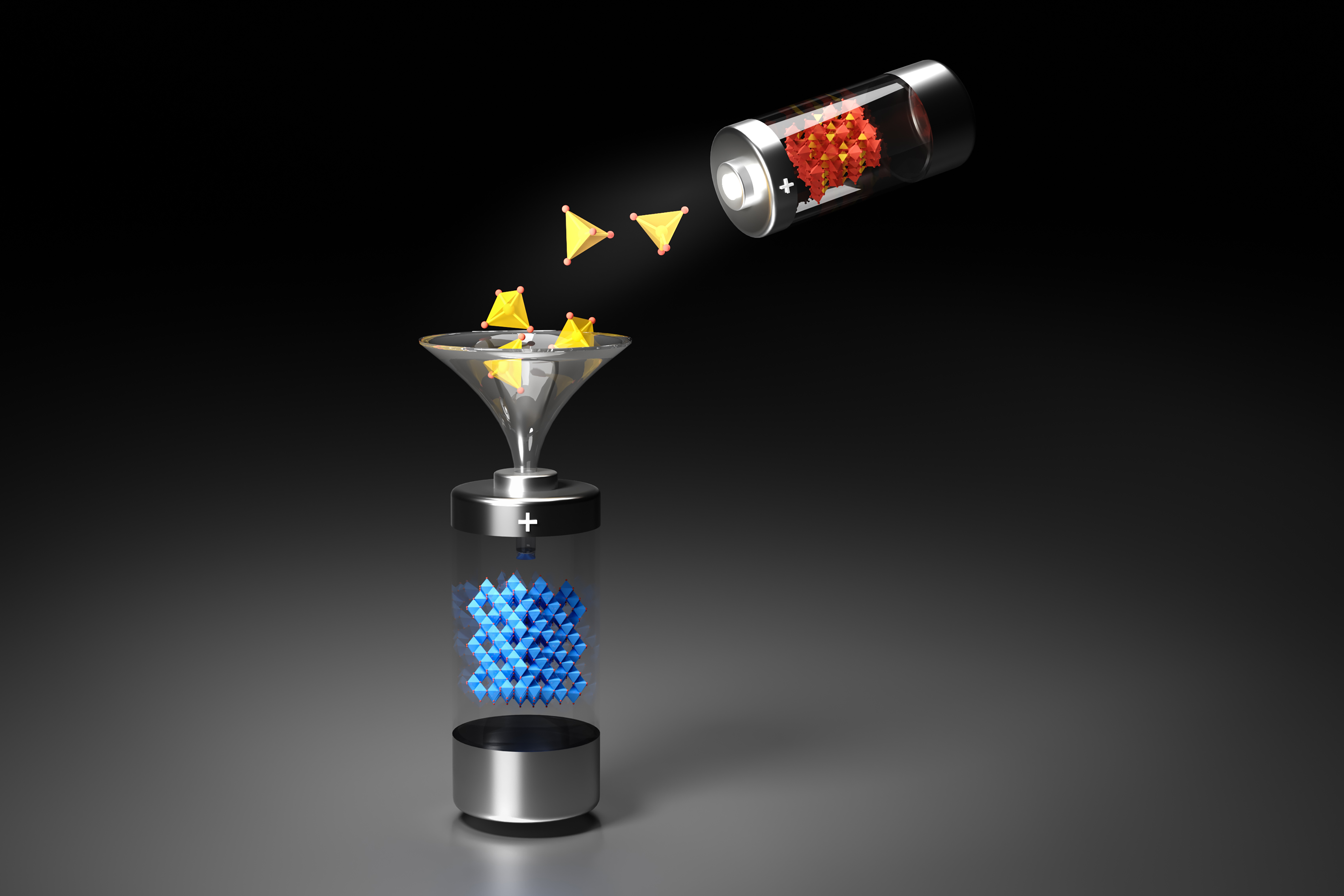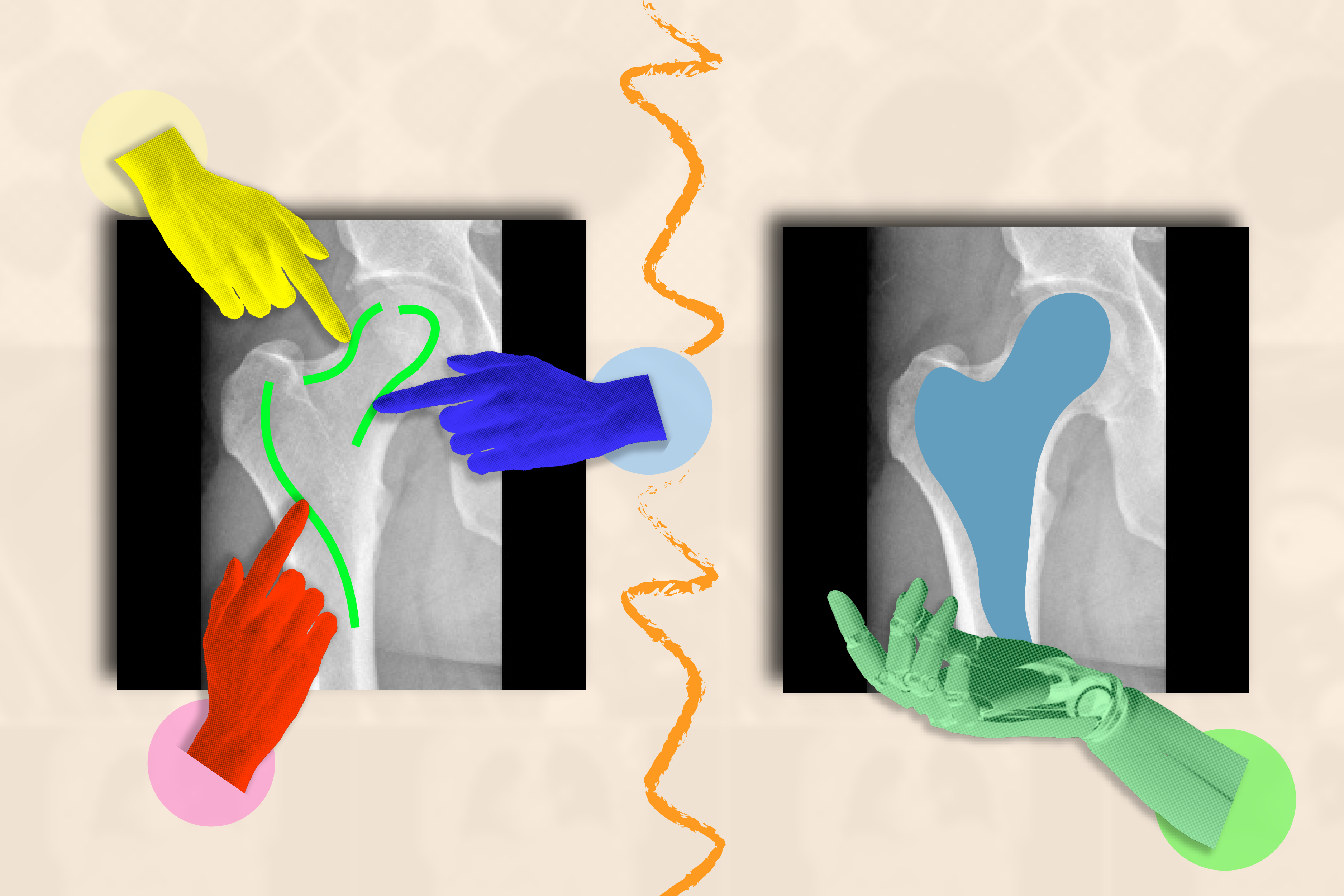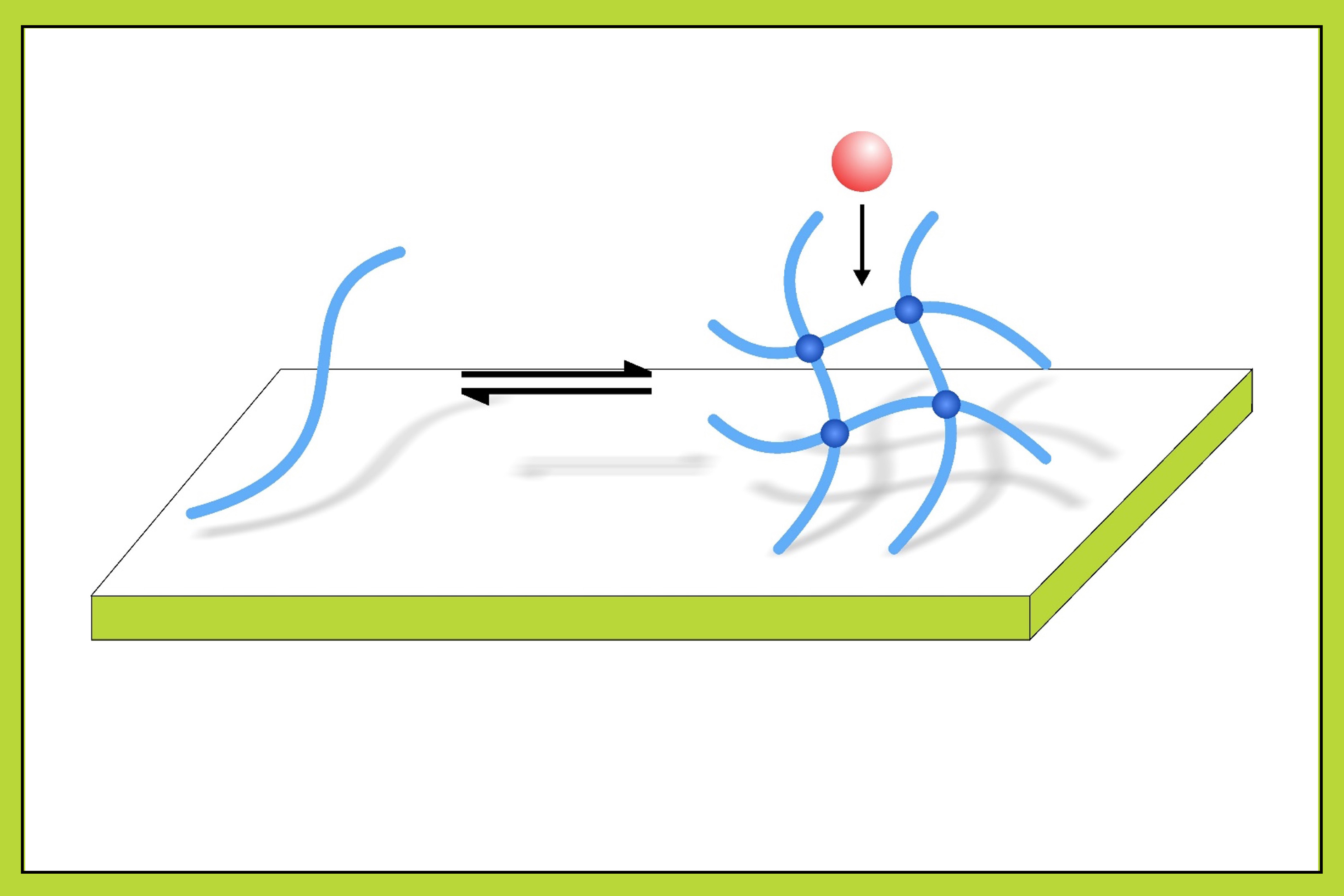
Gleevec, a cancer drug first approved for sale in 2001, has dramatically changed the lives of people with chronic myeloid leukemia. This form of cancer was once regarded as very difficult to combat, but survival rates of patients who respond to Gleevec now resemble that of the population at large.
Gleevec is also a medicine developed with the help of federally funded research. That support helped scientists better understand how to create drugs targeting the BCR-ABL oncoprotein, the cancer-causing protein behind chronic myeloid leukemia.
A new study co-authored by MIT researchers quantifies how many such examples of drug development exist. The current administration is proposing a nearly 40 percent budget reduction to the National Institutes of Health (NIH), which sponsors a significant portion of biomedical research. The study finds that over 50 percent of small-molecule drug patents this century cite at least one piece of NIH-backed research that would likely be vulnerable to that potential level of funding change.
“What we found was quite striking,” says MIT economist Danielle Li, co-author of a newly published paper outlining the study’s results. “More than half of the drugs approved by the FDA since 2000 are connected to NIH research that would likely have been cut under a 40 percent budget reduction.”
Or, as the researchers write in the paper: “We found extensive connections between medical advances and research that was funded by grants that would have been cut if the NIH budget was sharply reduced.”
The paper, “What if NIH funding had been 40% smaller?” is published today as a Policy Article in the journal Science. The authors are Pierre Azoulay, the China Program Professor of International Management at the MIT Sloan School of Management; Matthew Clancy, an economist with the group Open Philanthropy; Li, the David Sarnoff Professor of Management of Technology at MIT Sloan; and Bhaven N. Sampat, an economist at Johns Hopkins University. (Biomedical researchers at both MIT and Johns Hopkins could be affected by adjustments to NIH funding.)
To conduct the study, the researchers leveraged the fact that the NIH uses priority lists to determine which projects get funded. That makes it possible to discern which projects were in the lower 40 percent of NIH-backed projects, priority-wise, for a given time period. The researchers call these “at-risk” pieces of research. Applying these data from 1980 through 2007, the scholars examined the patents of the new molecular entities — drugs with a new active ingredient — approved by the U.S. Food and Drug Administration since 2000. There is typically a time interval between academic research and subsequent related drug development.
The study focuses on small-molecule drugs — compact organic compounds, often taken orally as medicine — whereas NIH funding supports a wider range of advancements in medicine generally. Based on how many of these FDA-approved small-molecule medicines were linked to at-risk research from the prior period, the researchers estimated what kinds of consequences a 40 percent cut in funding would have generated going forward.
The study distinguishes between two types of links new drugs have to NIH funding. Some drug patents have what the researchers call “direct” links to new NIH-backed projects that generated new findings relevant to development of those particular drugs. Other patents have “indirect “ links to the NIH, when they cite prior NIH-funded studies that contributed to the overall body of knowledge used in drug development.
The analysis finds that 40 of the FDA-approved medications have direct links to new NIH-supported studies cited in the patents — or 7.1 percent. Of these, 14 patents cite at-risk pieces of NIH research.
When it comes to indirect links, of the 557 drugs approved by the FDA from 2000 to 2023, the study found that 59.4 percent have a patent citing at least one NIH-supported research publication. And, 51.4 percent cite at least one NIH-funded study from the at-risk category of projects.
“The indirect connection is where we see the real breadth of NIH’s impact,” Li says. “What the NIH does is fund research that forms the scientific foundation upon which companies and other drug developers build.”
As the researchers emphasize in the paper, there are many nuances involved in the study. A single citation of an NIH-funded study could appear in a patent for a variety of reasons, and does not necessarily mean “that the drug in question could never have been developed in its absence,” as they write in the paper. To reckon with this, the study also analyzes how many patents had at least 25 percent of their citations fall in the category of at-risk NIH-backed research. By this metric, they found that 65 of the 557 FDA-approved drugs, or 11.7 percent, met the threshold.
On the other hand, as the researchers state in the paper, it is possible the study “understates the extent to which medical advances are connected to NIH research.” For one thing, as the study’s endpoint for examining NIH data is 2007, there could have been more recent pieces of research informing medications that have already received FDA approval. The study does not quantify “second-order connections,” in which NIH-supported findings may have led to additional research that directly led to drug development. Again, NIH funding also supports a broad range of studies beyond the type examined in the current paper.
It is also likely, the scholars suggest, that NIH cuts would curtail the careers of many promising scientists, and in so doing slowdown medical progress. For a variety of these reasons, in addition to the core data itself, the scholars say the study indicates how broadly NIH-backed research has helped advance medicine.
“The worry is that these kinds of deep cuts to the NIH risk that foundation and therefore endanger the development of medicines that might be used to treat us, or our kids and grandkids, 20 years from now,” Li says.
Azoulay and Sampat have received past NIH funding. They also serve on an NIH working group about the empirical analysis of the scientific enterprise.





















